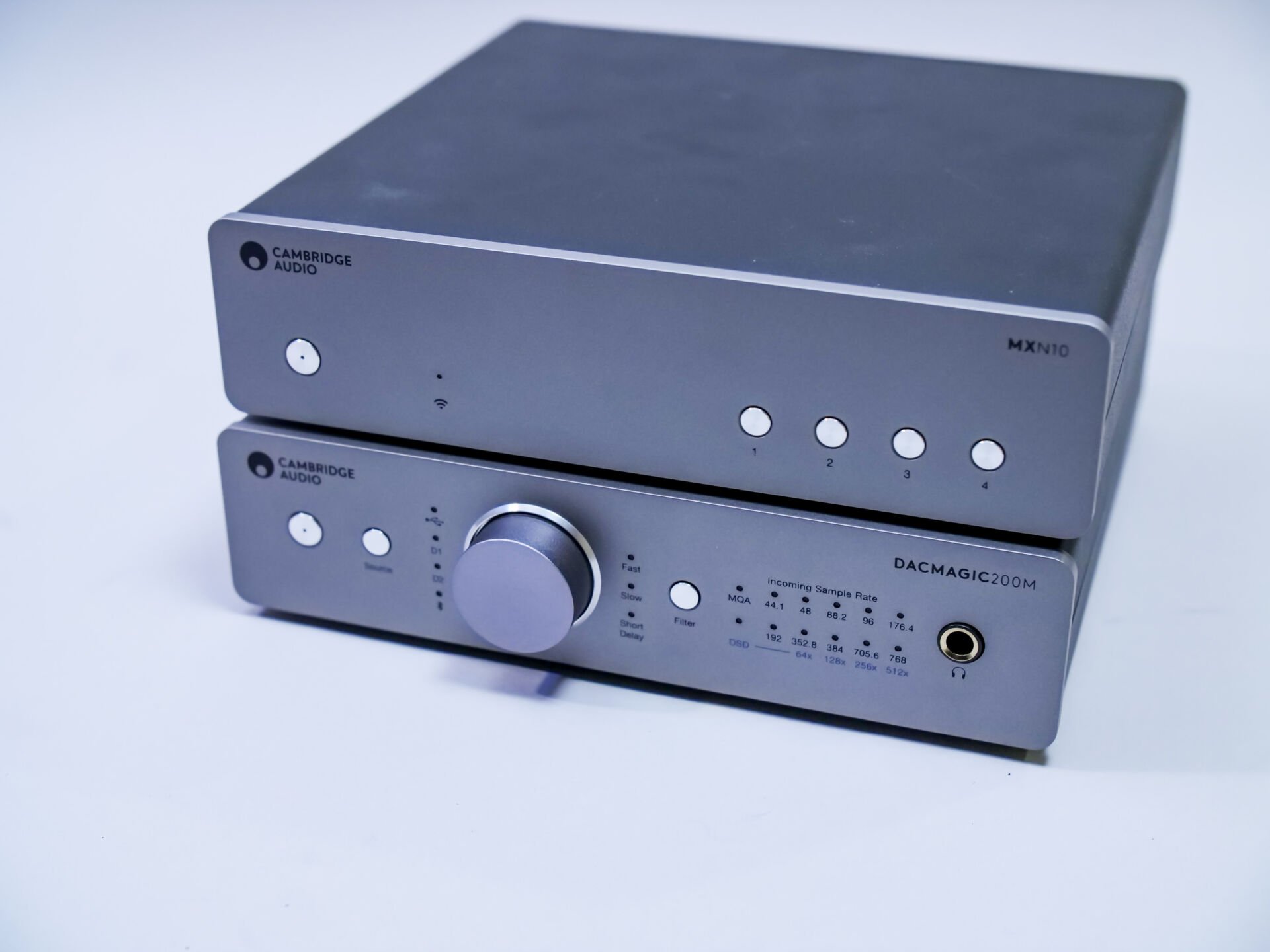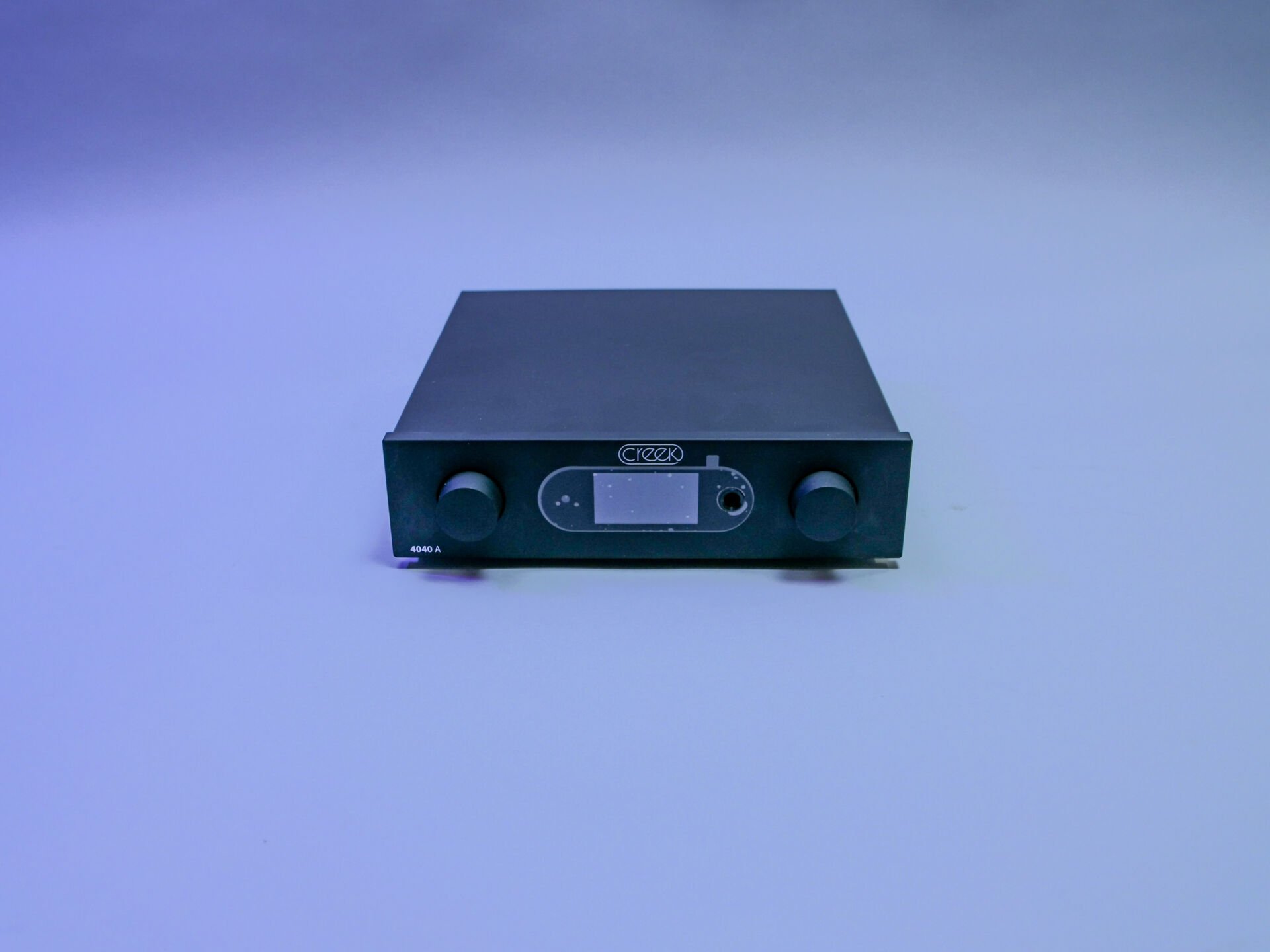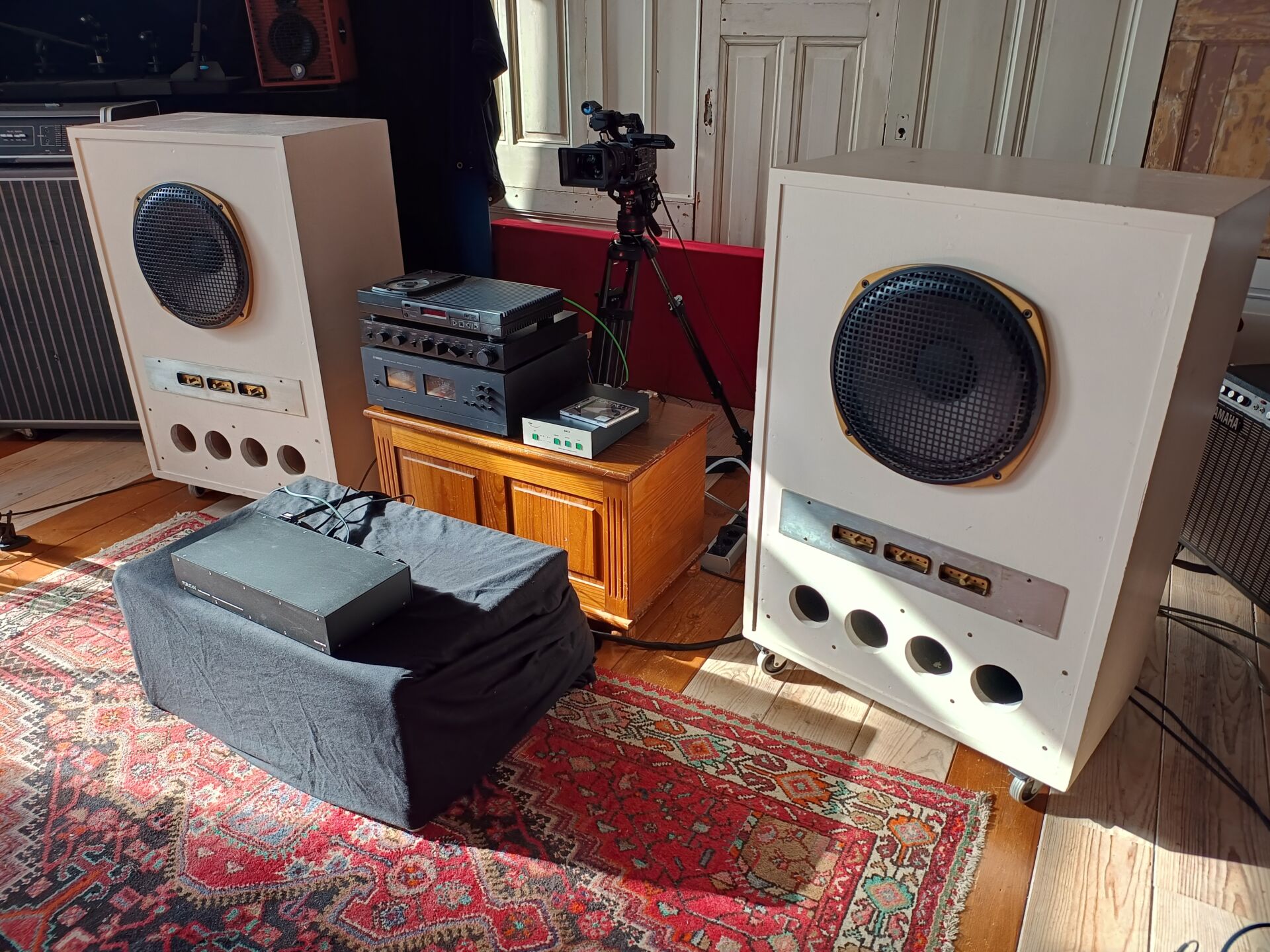

Measurements and Conclusion
Contents
We measured the Jcat Optimo S ATX on our Prism dScope III. We connected a variable resistor to the 12 volt line to arrive at a specific load: 0.5 watts, 1 watt and 2 watts (6, 12 and 24 Ohms). We also measured the standard Streacom ATX power supply for comparison. You can find the screenshots below.
Jcat Optimo S ATX measurements
Streacom stock PSU measurements
We had to do some good analysis. Because what are we seeing here? And what is important?
We estimate that, above all, we don’t want to see any crap going from the PC to the mains. And that’s where it goes pretty wrong with the switching power supply, we see. The noise goes up considerably at 15 kHz and beyond with the standard Streacom power supply.
With the Jcat, simply nothing happens. (Compare here the reference measurement and the measurement with power supply: the mains in our building changes every minute).
If we look at the power lines themselves (internally), a switching power supply is actually no worse in terms of noise on the power lines (12 volts and 5 volts measured, you see the 12 volt measurements). In fact, it is actually lower than the Jcat in some cases. This is mainly due to the design of a switching power supply: it rectifies everything and rebuilds a sine wave. A linear power supply uses a transformer which basically just lets noise through. Especially toroids are broadband (we use a toroid to convert 230 to 10 volts to measure mains noise on the dScope). Of course Jcat does filter, but the question is: how much can you filter?
However, the question is: is that important for a PC? We estimate not, since there are numerous voltage regulators and controllers on a motherboard that don’t really care what goes in. As long as a stable voltage comes out so the system doesn’t crash. And one thing the Jcat does very well is deliver a stable voltage: even under heavier loads. So that’s okay.
Unfortunately, we have not yet been able to measure how it responds to a dynamic load. We will certainly set up that test for future power supplies.
So what we see is that the Jcat is a lot quieter on the outside. And that’s important for the other components within your system. And what’s nice is that there are two aux outputs available (12 and 5 volts) that allow you to power other devices. Those are isolated from the computer power supply.


















